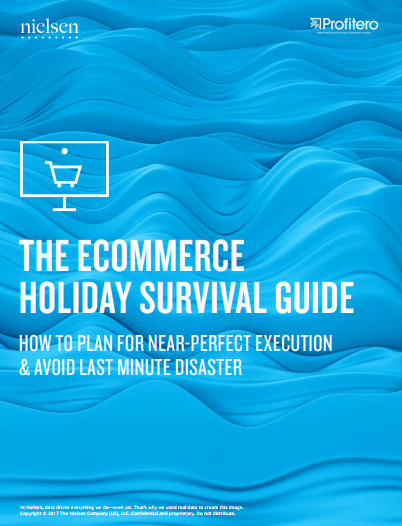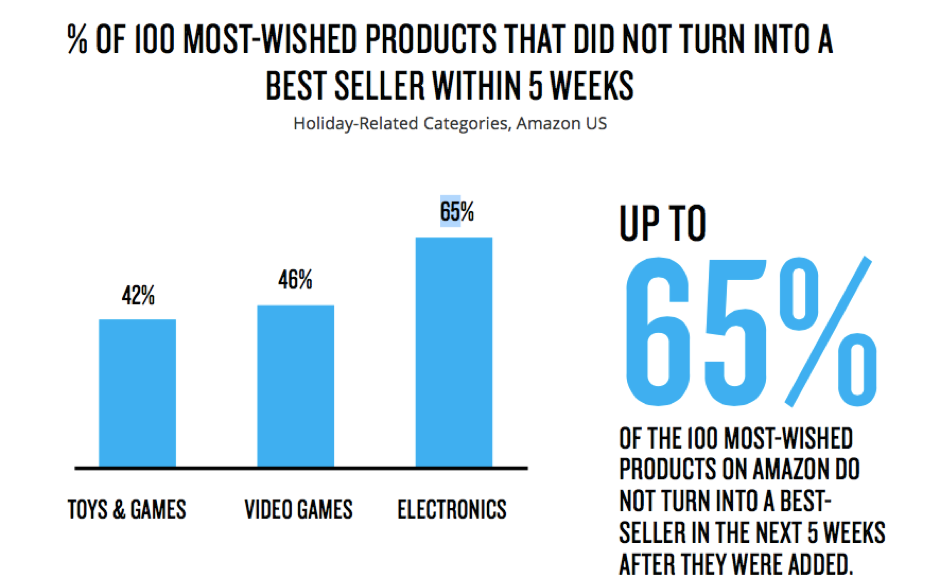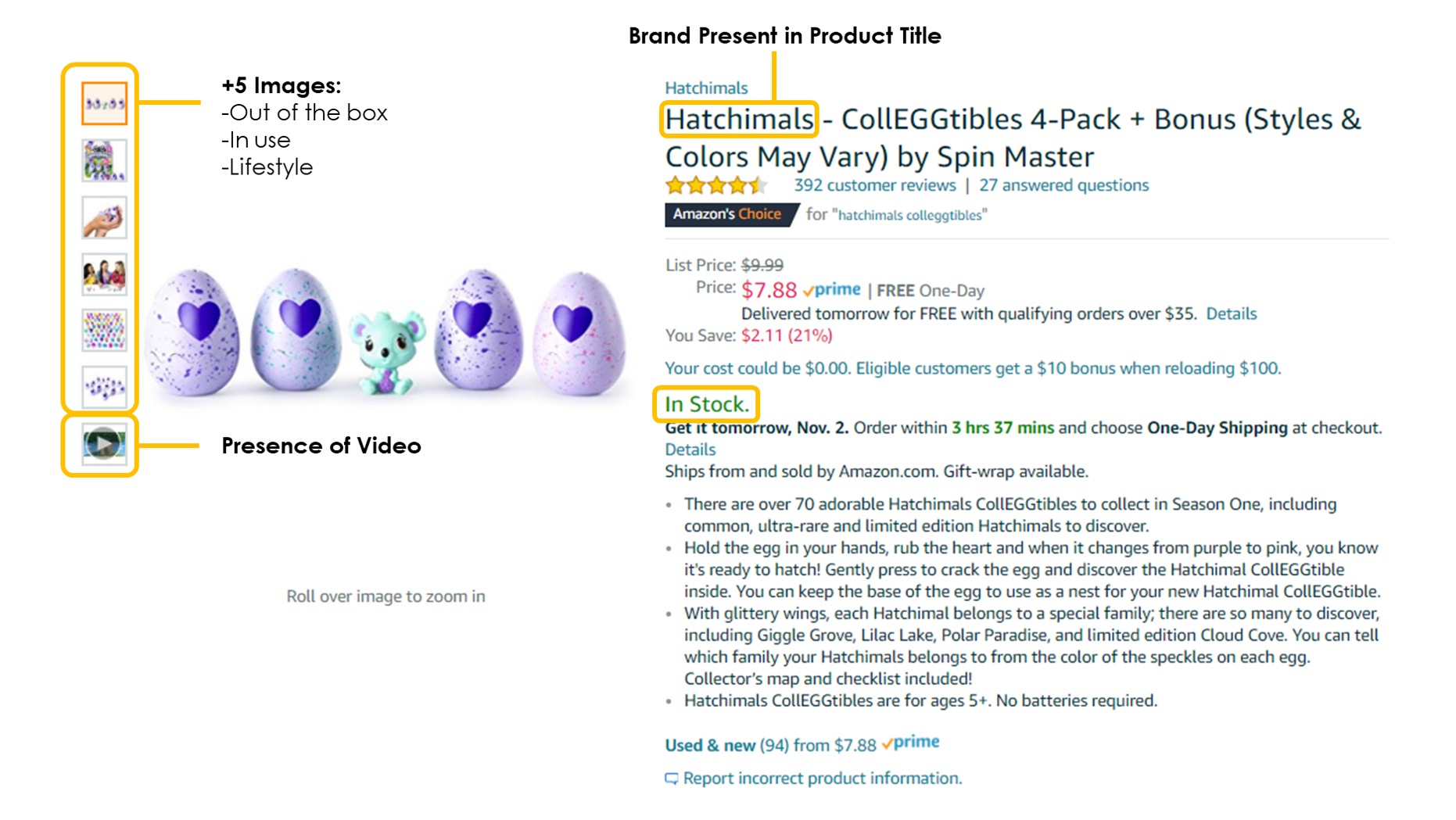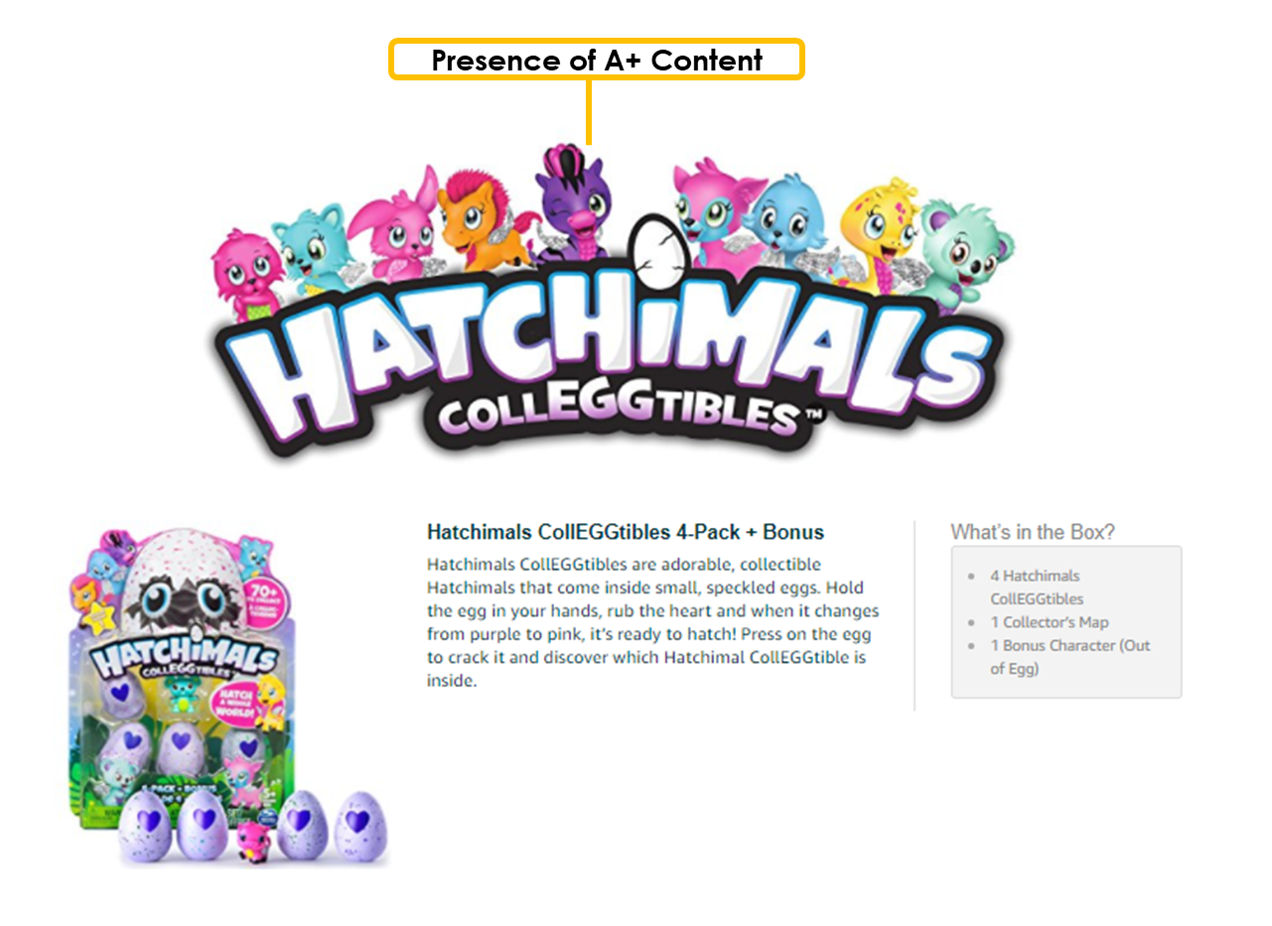

A new survey from the National Retail Federation has found that, for the first time, online has topped all brick-and-mortar destinations as the channel where most consumers said they plan to buy holiday items (cited by 59% of consumers). A separate survey from Nielsen reveals that 85% of US consumers plan to buy holiday gifts online this year, with 20% of those saying they plan to spend more online than before.
With holiday shopping set to be more digitally driven than ever before, it’s vital that brand marketers and retailers are primed for success on the digital shelf; and equally, that they can swiftly adapt their online strategy if surprises occur along the way.
To help, Connected Partners Profitero and Nielsen have come together to provide you with the tools and framework needed to ensure flawless execution of your eCommerce strategy with The eCommerce Holiday Survival Guide: a primer on how to develop an ‘early warning system’ during the 2017 holiday shopping season.
Here are top three takeaways.
1. Monitor Demand
“The need for reviews to be a two-way street is even more important during peak demand times like the holidays where they should provide an early indication of any problems that could potentially be amplified” ~ Jordan Rost, VP Consumer Insights, Nielsen
It’s essential to monitor demand signals online to make sure your marketing investment is having the right impact. If your products are not yet showing up in consumer social conversations, or in their Most Wished For Lists, it’s fair to say you have a problem.
When it comes to search, brands and retailers need to keep close tabs on top-searched products, frequently searched keyword terms, and what’s trending in order to get a good read on consumer demand and purchase behavior – especially in-season.
And as an even earlier indicator than search or Most Wished For Lists, brands should also be analyzing negative reviews. Mining reviews for negative sentiments and opinions on how a product could be improved can be useful to learn what kinds of products, attributes, features and functionality might be in demand.
2. Monitor Conversion
“Brands must pay attention to and plan for essentially perfect execution during the season on their most important power items” ~ Profitero SVP Strategy and Insights, Keith Anderson
With all the money you invest in advertising to drive traffic to web pages, it would be a shame not to focus on making sure you convert as well, but Profitero analysis reveals this is actually what often happens. Our research shows that up to 65% of holiday products added to Wish Lists do not become Best Sellers on Amazon within five weeks of being added. This suggests that brands are not executing their online shopping experience (the digital shelf) the best way they need to convert.

Perfect execution means making sure online product content is complete, you have enough reviews, and stock availability is good.
The example below from the Toys Best Seller ranking on Amazon ticks all the boxes for effective product content: the brand name is present in the product title, there’s a good selection of product images, A+ content and video – and the product is available.


Having real-time intelligence in place, such as daily alerts that can notify you of execution ‘misses’ like incorrect content, a drop in search position or out-of-stocks, could be a life-saver during the holiday season.
3. Monitor Supply
During the holiday planning season, accurately forecasting demand and allocating inventory is one of the most important things to do – and staying in stock is a big deal.
If you’re out of stock, your item will lose search position (if it appears at all), which hurts your sales and, in turn, further drops your search rankings. It becomes an ugly downward spiral.
So, you need to carefully monitor performance in-season and be prepared to prevent issues before they happen or at the very least respond to issues very quickly when they do happen. Having a nuanced understanding of your out-of-stocks and getting the assortment right across retailers is crucial.
Should demand, supply and inventory issues go awry, it’s best to have a contingency plan in place. In the case of Amazon, if your forecast exceeds the quantity that Amazon is willing to order from you, you might consider using a third-party seller central account as a backstop.
Wrapping it Up
The path-to-purchase has never been more complex, and brand marketers and retailers must be prepared during the peak holiday season. This means detecting early warning signals to not only gauge consumer demand, but acting early if you find demand deviating from plan.
Equally, it’s essential to have a plan in place should something go off target. Access to real-time intelligence — through routine monitoring and/or working with an eCommerce analytics partner — could help identify when something goes wrong, as well as helping to spot other performance issues that may have fallen through the cracks.
Click here to download The eCommerce Holiday Survival Guide: How to Plan for Near-Perfect Execution and Avoid Last Minute Disaster


























